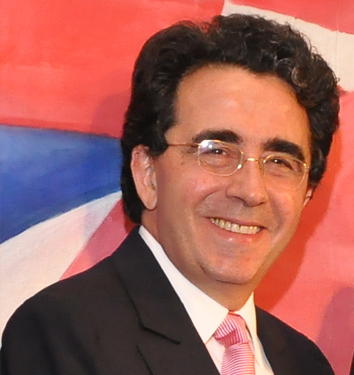|
|
|
|
.
|
. Santiago Calatrava is a celebrated Spanish architect, structural engineer, sculptor, and painter, particularly known for his bridges supported by single leaning pylons, and his railway stations, stadiums, and museums, whose sculptural forms often resemble living organisms. Calatrava was born on 28 July 1951, in Benimàmet, an old municipality now part of Valencia, Spain. He received his diploma as an architect and then did higher studies in urbanism at the Higher School of Architecture at the Polytechnic University of Valencia. In 1975 he enrolled in the Swiss Federal Institute of Technology in Zürich, Switzerland for a second degree in civil engineering. In 1981 he was awarded a doctorate in the department of architecture, after completing his thesis on "The Pliability of three-dimensional structures." Calatrava was highly influenced by the work of the early 20th century Swiss engineer Robert Maillart, whose work inspired him to seek simple forms which could create an emotional response. Also a sculptor, Calatrava has spoken frequently about the connection between sculpture and architecture in his work. Movement is an important element in the architecture of Calatrava. He wrote his own university thesis on "The Flexibility of three-dimensional structures," and described how objects, by moving, could shift from three dimensions to two and even to one. Moving elements which folded and expanded became an important element of almost all his projects. Calatrava’s best-known works include the Olympic Sports Complex of Athens, the Milwaukee Art Museum, the Turning Torso tower in Malmö, Sweden, the World Trade Center Transportation Hub in New York City, the Auditorio de Tenerife in Santa Cruz de Tenerife, the Margaret Hunt Hill Bridge in Dallas, Texas, and his largest project, the City of Arts and Sciences and Opera House in his birthplace Valencia. His architectural firm has offices in New York City, Doha, and Zürich. |


